Meteor showers are events in which meteors fall on Earth from a radiant or a certain point in the sky. Most meteor showers are named after the constellations from which they appear to come from.
Key facts and Summary:
- Most meteors don't make it to Earth. They are tiny, as small as grains of sand, but some are bigger.
- The most awaited meteor shower occurs in mid-August, and it is called the Perseids.
- The earliest evidence of the Perseid's meteor shower was found in Chinese annals from 36 AD.
- Bright moonlight does not impede a bright meteor shower. You get one or two chances in your lifetime to see a magnificent meteor shower.
- The constellation decides the name of the meteor shower. For example, the Perseids' name comes from the constellation Perseus.
- Comets are the main reason meteor showers exist. When Earth moves through the debris trails made by comets, the debris hits our atmosphere.
- You can spot a meteor shower at its peak in the early morning hours, or at night, on a moonless sky.
- You might think meteor showers occur only on our planet. They can also appear on any celestial object with a transparent atmosphere, such as Mars or moons.
- Meteor showers are visible to the naked eye.
- The Orionid Meteor shower is made out of dust and debris left by Comet 1P/Halley's passage.
Meteor Showers for Kids
Meteor showers are beautiful to view at night! These celestial events are not as rare as you might think, as many meteor showers occur each year.
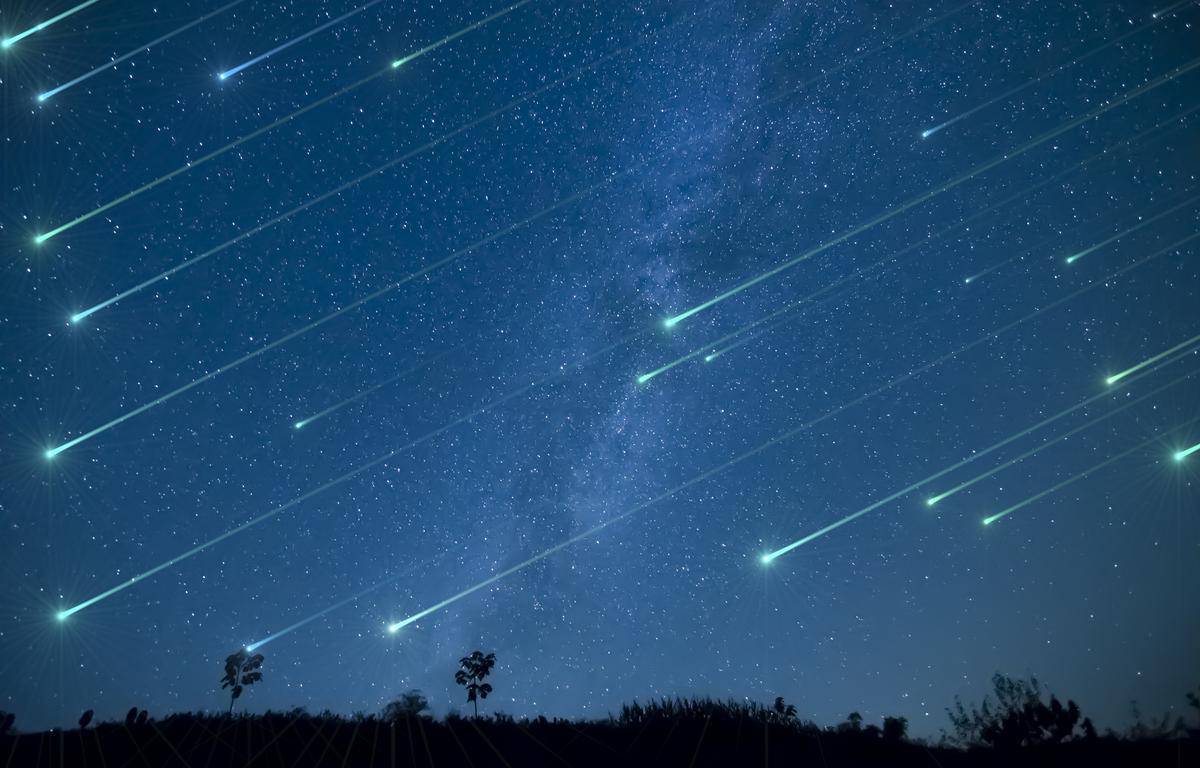
Some meteor showers occur each month, while others are rarer; however, today, we will tell you precisely what meteor showers are and when they occur so that you can see them with your own eyes!
What Are Meteor Showers?
Have you ever seen a shooting star and instantly made a wish? That's precisely what meteor showers are – shooting stars/meteors that seem to be flashing across the sky. You can see them at night, just by looking up, no need for binoculars or telescope!
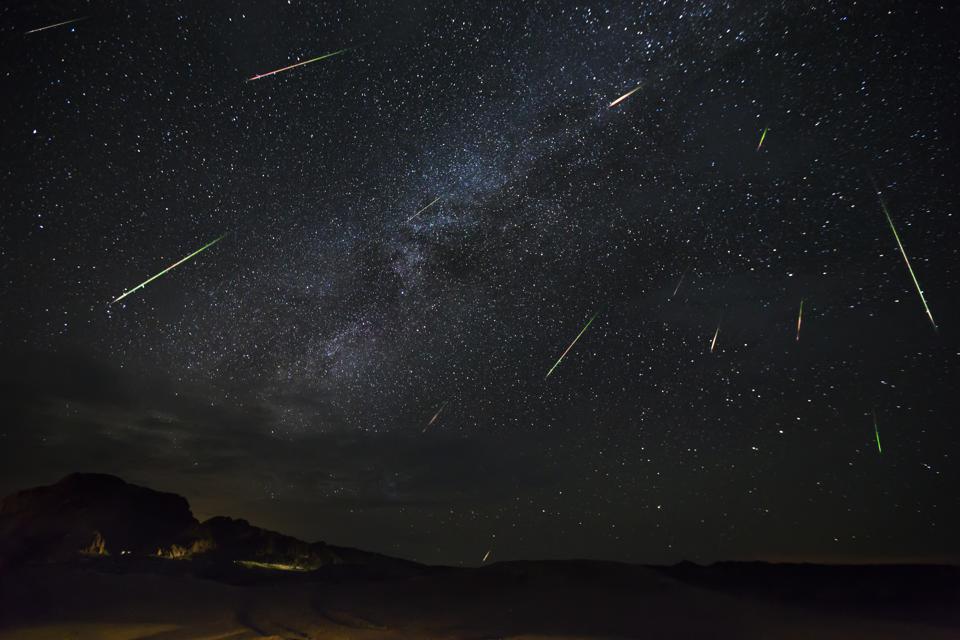
Meteor showers are events in which meteors fall on Earth from a radiant or a certain point in the sky. Most meteor showers are named after the constellations from which they appear to come from. Comets are the main reason meteor showers exist.
When Earth moves through the debris trails made by comets, the debris hits our atmosphere, resulting in the meteor shower which we observe.
How Long do The Meteor Showers Last?
The duration of a meteor shower depends on the type of factors such as stream age, composition, and density.
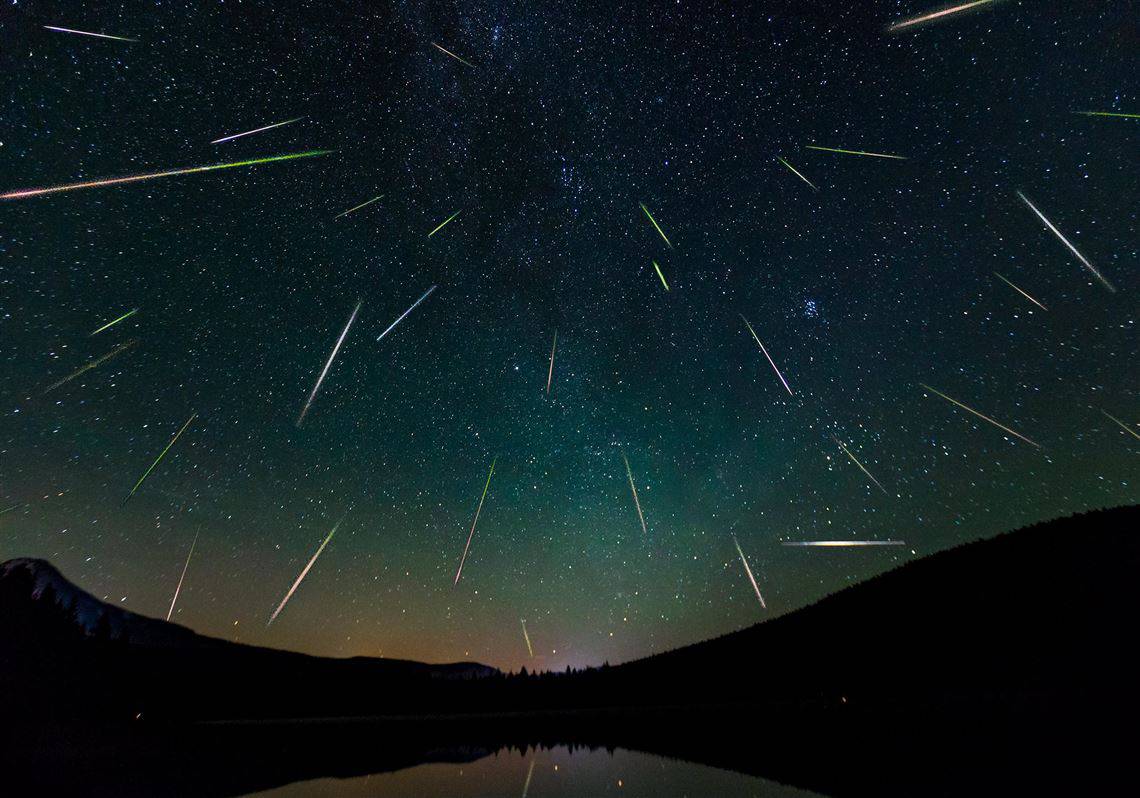
For example, Taurids and April Lyrids generate 10-15 meteors per hour, and Perseids or Geminids produce up to 50-100 meteors per hour. Some meteor showers can last a few hours (Quadrantids), while others (Taurids) can last a few nights.
Famous Meteor Showers and When to See Them
The famous meteor showers are:
- Quadrantids: It occurs between the last week of December and January 12. Its best view is from the Northern Hemisphere.
- Lyrids - occurs between April 16 to April 26, and its radiant point is in the constellation Lyra.
- Perseids - It occurs in mid-August, and its most glowing point is situated in the constellation Perseus.
- Geminids and Ursids - Geminids occurs around 13-14 December and Ursids around 22-23 December. Ursids's name comes from the well-known constellation Ursa Minor. A fun fact about Geminids is that its meteor shower is related to an asteroid, not to a comet as you would've thought.
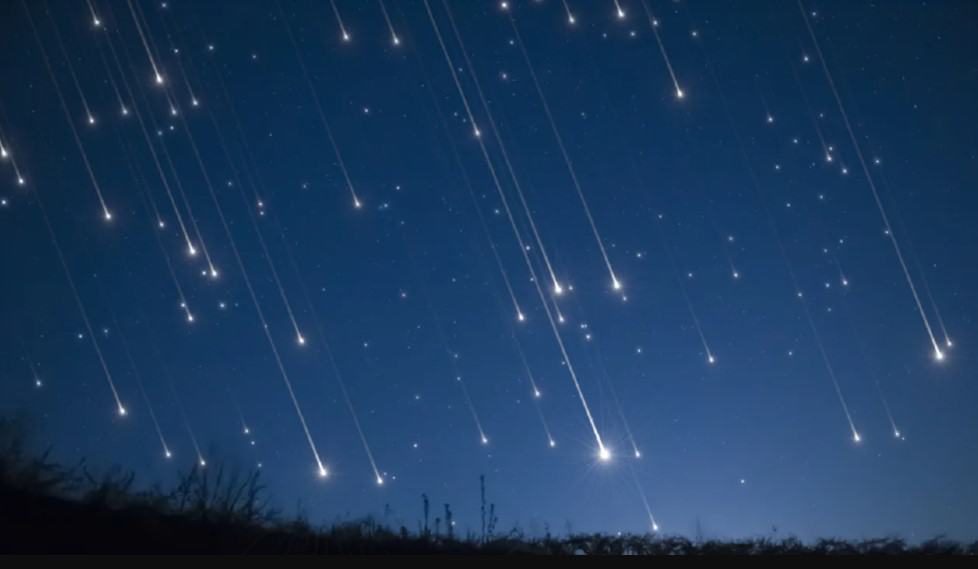
Fun Kids Facts Meteor Showers
- It is believed that nearly all shower meteoroids are "fluffy," except the Geminids, which are more long-lasting.
-Taurid is also known as "Halloween fireballs" because of its brightness.
- Meteors arrive on Earth during the day-time, but we're unable to see them.
- It is unlikely for a meteorite to strike a person.
- Decades ago, it was believed that meteors were either a gift from angels or signs that the gods were upset.
-In 1948, in the United States, a "giant fireball" was spotted in the sky. It weighed 2,360 pounds.
- If you find meteors, you are quite lucky! Some are even more valuable than gold.
Size and Comparison
The coolest meteor shower is the Perseids, which is famous for putting on a full-on celestial show. It is the most awaited meteor shower all year.
It is thought to produce up to 200 meteorites per hour, but unfortunately, that has decreased a lot in the last few years.
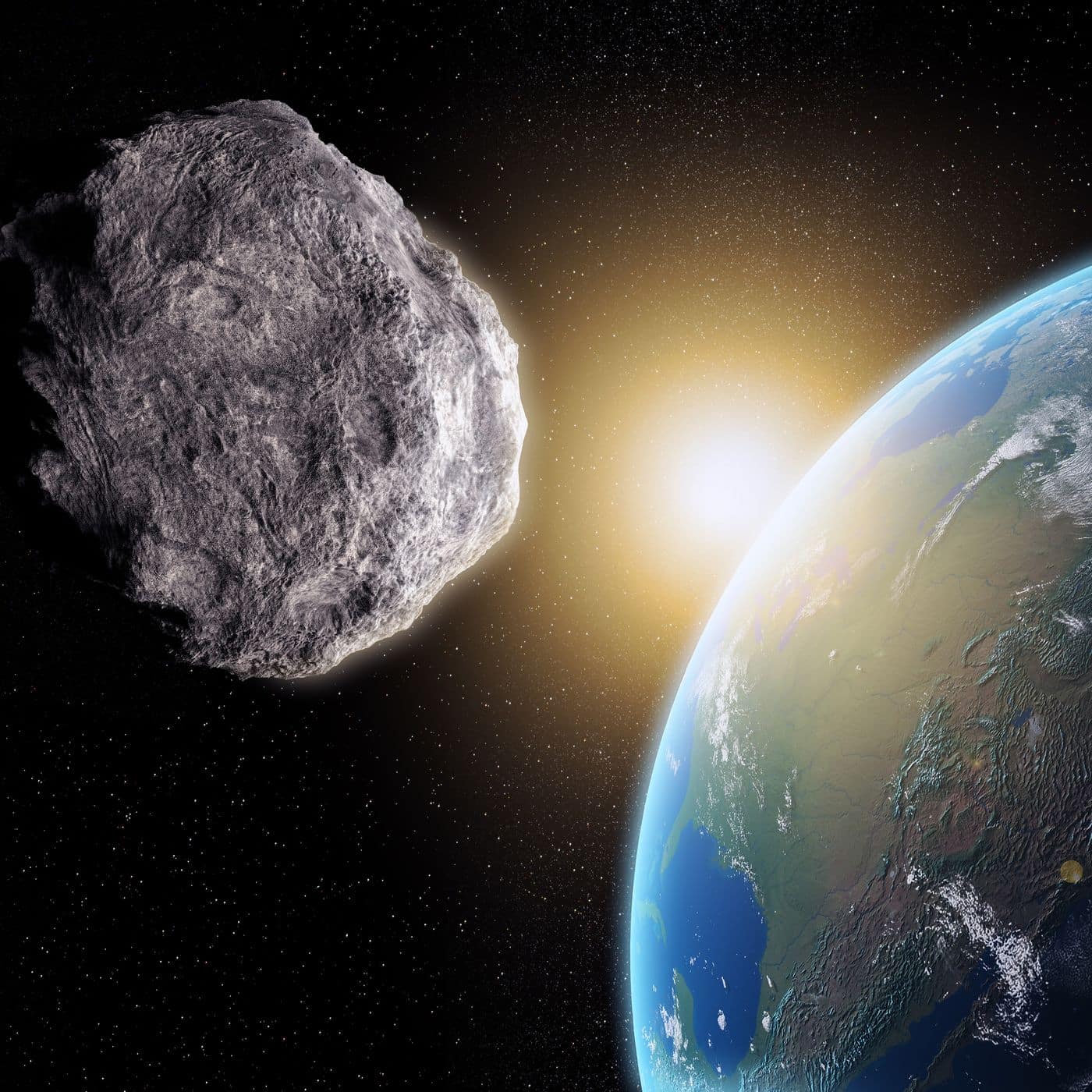
Its "shooting stars" are very bright, and they zoom whizz through the atmosphere at 133,000 miles per hour.
One of the slowest meteor showers is the Taurids, which peaks from 11-12 November. It produces 5 -10 bright meteorites per hour. You can spot them at best after midnight.
Trivia
Is there Any Meteor Shower in 2020?
Leonids, which takes place on 16-17th November, is one the most famous meteor shower, but unfortunately, the 2020 edition will hardly be spotted.
Geminids is coming up next on December 13-14. Its bright, intense meteorites can be seen in the middle of the night.
When Will Meteor Showers Occur in 2021?
In January2-3th of 2021, Quadrantids has the potential to be the best meteor shower. It usually lasts 6 hours, and it can be seen in the northern hemisphere.
On 22-23 April, you can spot the Lyrids. It has a rate of up to 18 meteors per hour and can be seen from both hemispheres.
On April 19- May 28, you can see the Eta Aquarids from both hemispheres.
On July 17- August 24, the brightest meteor showers will occur – The Perseids. It can be best seen from the Northern Hemisphere.
On 6-10 October, you can see the Draconids at their finest from the Northern Hemisphere.
On 2Oct-7 Nov, you can spot the Orionids from both hemispheres with 20 meteors per hour.
Differences between Meteors and Asteroids
An asteroid is a tiny rocky object that orbits the Sun. They look like huge potatoes with many craters. They can be found either in the central asteroid belt, which resembles a doughnut, or in other places - sometimes even near our Planet!
The most massive asteroid is Ceres, which is considered to be a dwarf planet. Asteroids vary in size considerably, from a few miles to several hundred.
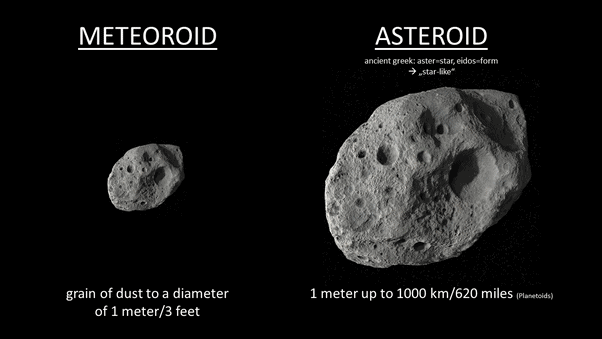
Meteoroids are broken pieces of asteroids or comets and, in some cases, even planets. Their size is no bigger than 3.3 feet. If they come in touch with a planet's atmosphere, they become meteors, and these become meteorites if they hit the planet's surface.
Other Characteristics of Meteors Showers:
- On any night of the year, anyone can notice 2-7 meteors per hour.
- Meteors can be seen at altitudes between 50 and 75 miles.
- A meteor shinier than the planet Venus is a "fireball."
- You can watch a meteor shower at its best in a darker, rural area.
- Each meteor shower has various peak rates.
Meteor Shower Notes
- Meteors showers are born from comets made of ice, which ultimately turns into dust.
- There are 21 meteor showers every year, occurring between April and December
- Every meteor shower is named after the constellation from which they appear to come from.
- The most noticeable meteor showers are the Perseids.
- It is uncommon for a meteor to hit people.
- It is known that once every 33 years, the Leonid meteor shower makes a massive storm, with thousands of meteors per hour.
- Some meteor showers can only be observed in the northern hemisphere, others in the southern hemisphere, while some can be viewed from almost anywhere.
Sources:
Image Sources:
- https://clarksvillenow.sagacom.com/files/2019/10/shutterstock_349992176-1200x768.jpg
- https://specials-images.forbesimg.com/imageserve/5d4f1bed8bb4ee0009be1d2c/960x0.jpg?fit=scale
- https://9b16f79ca967fd0708d1-2713572fef44aa49ec323e813b06d2d9.ssl.cf2.rackcdn.com/1140x_a10-7_cTC/CaseyMeteors-1564433459.jpg
- https://sm.mashable.com/t/mashable_in/photo/default/perseid-meteor-shower-2019_mhsw.h720.jpg
- https://cdn.vox-cdn.com/thumbor/-c7qZJvtYM5gZtxGyL3nETSxjwY=/1400x1400/filters:format(jpeg)/cdn.vox-cdn.com/uploads/chorus_asset/file/18338132/GettyImages_160936163.jpg
- https://qph.fs.quoracdn.net/main-qimg-e75d4f5d171cf51b9a3571bf5912d042
